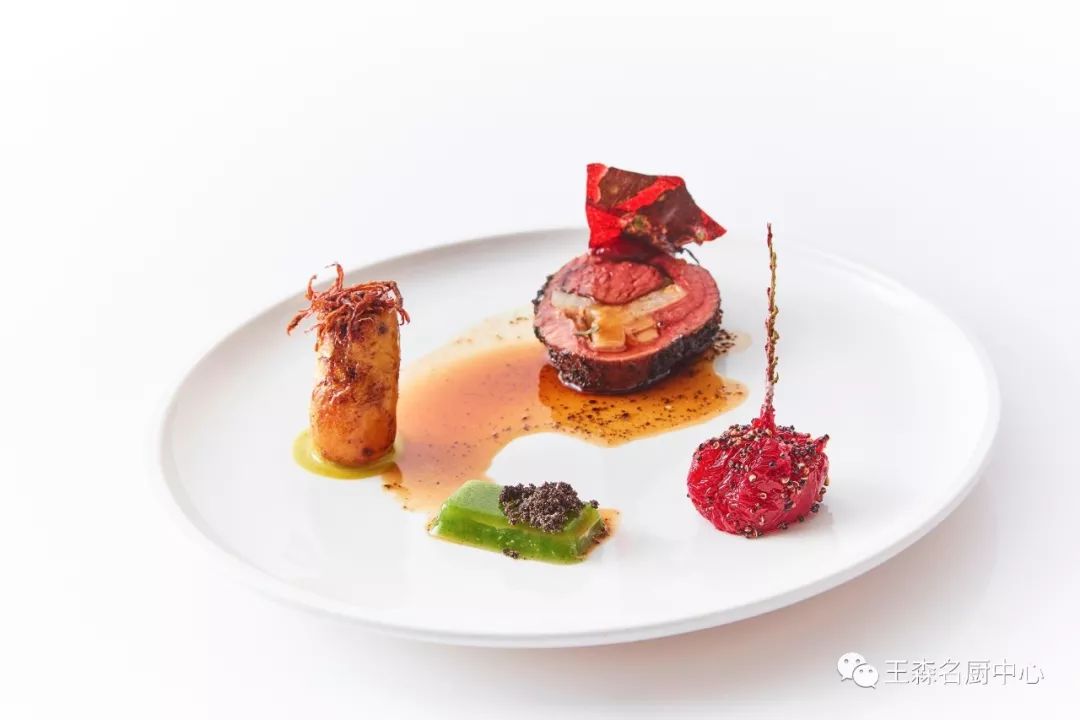The Art of Pork Spit Roasting: A Comprehensive Guide to Mastering the Classic Barbecue Technique
Guide or Summary:Pork Spit Roasting: A Step-by-Step Guide to Achieving Deliciously Tender and Juicy Barbecue MeatsRecipe for Pork Spit Roasting: Unlock the……
Guide or Summary:
- Pork Spit Roasting: A Step-by-Step Guide to Achieving Deliciously Tender and Juicy Barbecue Meats
- Recipe for Pork Spit Roasting: Unlock the Secrets to Perfectly Cooked Barbecue Pork
- Description of Pork Spit Roasting: The Ultimate Technique for Barbecue Enthusiasts
- Preparing the Pork
- Setting Up the Roasting Pit
- Roasting the Pork
- Monitoring the Cooking Process
- Finishing the Pork
Pork Spit Roasting: A Step-by-Step Guide to Achieving Deliciously Tender and Juicy Barbecue Meats
Recipe for Pork Spit Roasting: Unlock the Secrets to Perfectly Cooked Barbecue Pork
Description of Pork Spit Roasting: The Ultimate Technique for Barbecue Enthusiasts
If you're a barbecue aficionado looking to elevate your grilling game, mastering the art of pork spit roasting is an essential skill to add to your culinary repertoire. This comprehensive guide delves into the nuances of pork spit roasting, offering insights and detailed instructions to ensure you consistently produce mouthwatering, tender, and juicy barbecue pork that will impress your family and friends.
Pork spit roasting, also known as rotisserie grilling, is a classic barbecue technique that involves rotating a whole or half pig on a vertical spit over an open flame or heat source. This method of cooking allows the heat to evenly distribute around the entire pig, resulting in a perfectly cooked and flavorful dish.
Preparing the Pork
The first step in pork spit roasting is selecting the right cut of pork. While whole pigs are the most common choice, you can also opt for a half pig or even individual cuts like pork loin or shoulder. When selecting your pork, look for cuts that are well-marbled with fat, as this will help retain moisture during cooking and prevent the meat from drying out.
Once you've chosen your pork, it's time to prepare it for roasting. Start by cleaning the cavity of the pig and removing any excess fat or skin. Next, season the pork generously with a dry rub or marinade, depending on your preference. A classic dry rub for pork typically includes a mix of salt, pepper, garlic powder, onion powder, paprika, and brown sugar. Allow the pork to sit for at least an hour, or overnight for best results, to absorb the flavors.

Setting Up the Roasting Pit
Before you start roasting, it's essential to set up your roasting pit correctly. This can be done using a traditional outdoor rotisserie or a DIY setup using a large metal barrel or drum fitted with a rotating spit. Make sure your roasting pit is large enough to accommodate your pork and has a stable base to prevent tipping.
Fill the roasting pit with wood chips or charcoal, depending on your preference. For a smoky flavor, opt for hardwood chips like hickory or oak. If you prefer a more direct heat, charcoal is an excellent choice. Light your fire and allow it to burn for about 30 minutes to an hour, until it reaches a steady, smoky glow.
Roasting the Pork
Once your fire is ready, it's time to place the pork on the rotating spit. Secure the pork in place using skewers or a specialized pig roasting clamp, depending on your setup. Make sure the pig is positioned horizontally and the fat side is facing down to prevent drippings from burning and creating a smoky flavor.
Place the spit over the fire and start the rotation. The speed of rotation will depend on the size of your pig, but a general rule of thumb is to rotate the pork every 10-15 minutes. This ensures even cooking and prevents any part of the meat from overcooking or drying out.

Monitoring the Cooking Process
Monitoring the cooking process is crucial to achieving perfectly cooked pork. Use a meat thermometer to check the internal temperature of the pork. The safe temperature for pork is 145°F (63°C) in the thickest part of the meat. However, for a juicier and more tender result, aim for a lower temperature of around 135°F (57°C).
As the pork cooks, you'll notice the skin turning crispy and golden brown. This is a sign that the pork is nearing the end of its cooking time. Keep a close eye on the skin and remove the pork from the heat when it reaches your desired level of crispiness.
Finishing the Pork
Once your pork has reached the desired level of doneness, remove it from the heat and let it rest for about 15-20 minutes. This allows the juices to redistribute throughout the meat, resulting in a more tender and flavorful dish.
During this resting period, you can prepare your sides and other dishes to complement the pork. A classic accompaniment to pork spit roasting is coleslaw, a crisp and refreshing salad that balances the richness of the pork.

Finally, it's time to carve your pork. Start by removing the legs and spare ribs, then slice the pork into thick, juicy pieces. Serve the pork with your favorite sides and enjoy the fruits of your labor.
In conclusion, pork spit roasting is a classic barbecue technique that, when mastered, can produce some of the most delicious and impressive dishes around. By following this comprehensive guide, you'll be well on your way to producing mouthwatering, tender, and juicy pork that will impress your family and friends. So fire up the grill, gather your ingredients, and let the pork spit roasting begin!